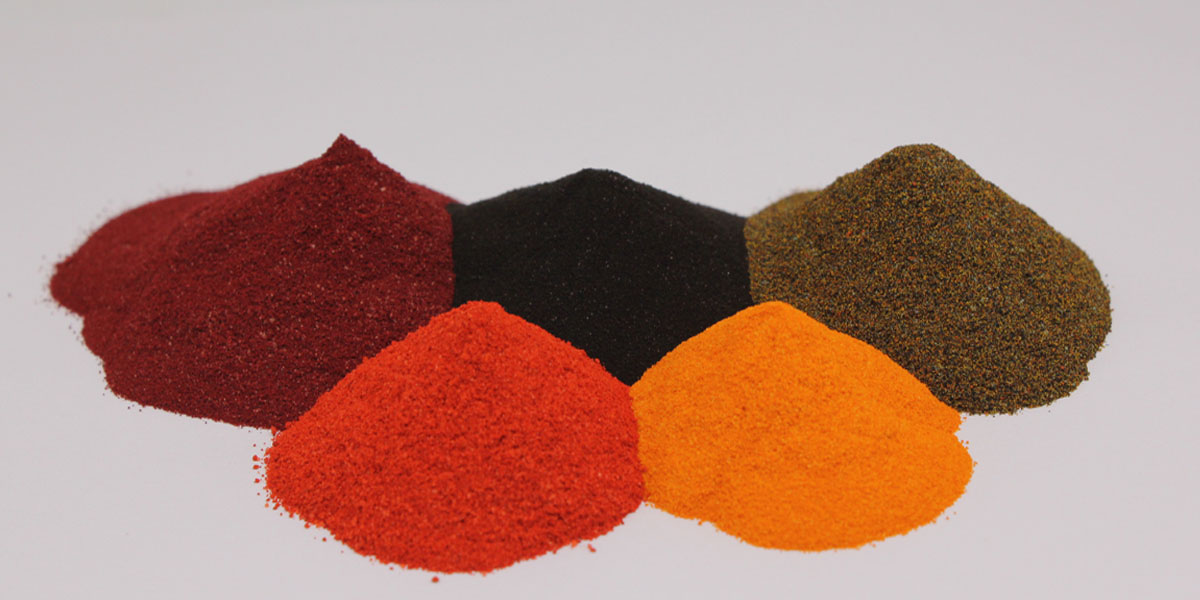Auxiliary
A dye, which is capable of reacting chemically with a substrate to form a covalent dye substrate linkage, is known as reactive dye.
Here the dye contains a reactive group and this reactive group makes covalent bond with the fiber polymer and act as an integral part of fiber. This covalent bond is formed between the dye molecules and the terminal –OH (hydroxyl) group of cellulosic fibers on between the dye molecules and the terminal –NH2 (amino) group of polyamide or wool fibers.
Usages
By reactive dyes the following fibers can be dyed successfully :
1. Cotton, rayon, flax and other cellulosic fibers.
2. Polyamide and wool fibers.
3. Silk and acetate fibers.
Properties of reactive dye :
01. Reactive dyes are anionic dyes, which are used for dyeing cellulose, protein and polyamide fibers.
02. Reactive dyes are found in power, liquid and print paste form.
03. During dyeing the reactive group of this dye forms covalent bond with fiber polymer and becomes an integral parts of the fiber.
04. Reactive dyes are soluble in water.
05. They have very good light fastness with rating about 6. The dyes have very stable electron arrangement and can protect the degrading effect of ultra-violet ray.
06. Textile materials dyed with reactive dyes have very good wash fastness with rating Reactive dye gives brighter shades and has moderate rubbing fastness.
07. Dyeing method of reactive dyes is easy. It requires less time and low temperature for dyeing.
08. Reactive dyes are comparatively cheap
09. Reactive dyes have good perspiration fastness with rating 4-5.
10. Reactive dyes have good perspiration fastness.


